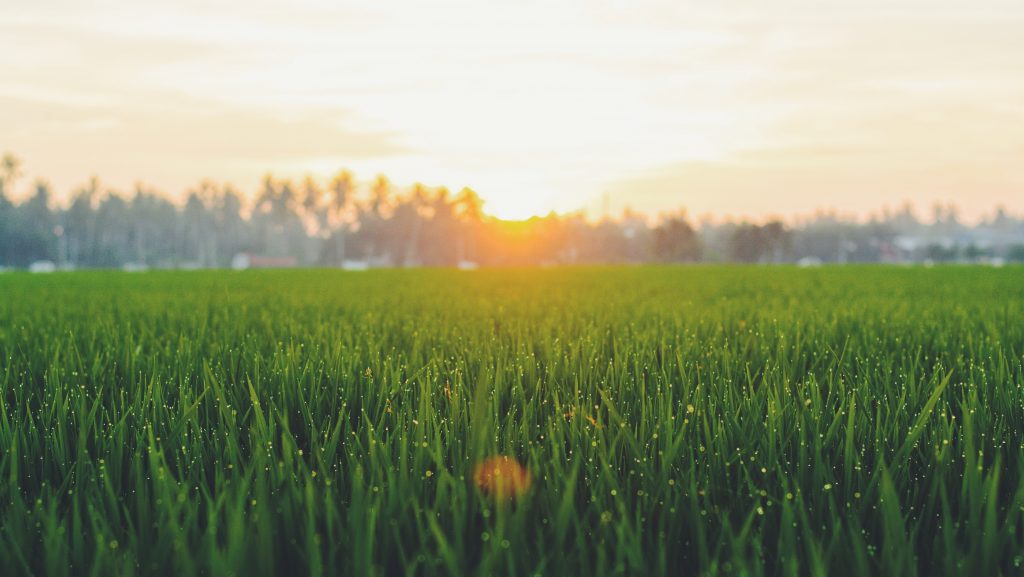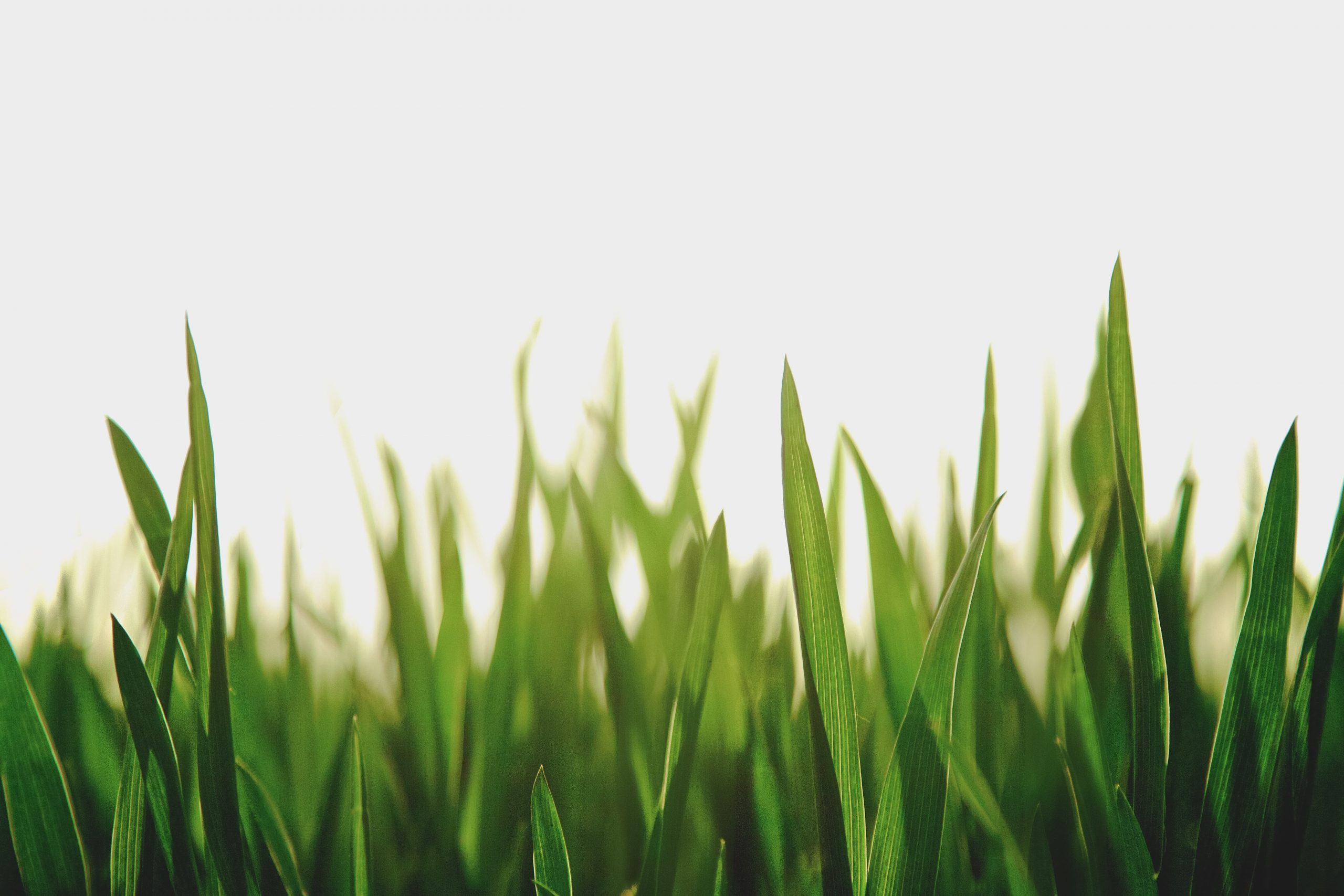It’s not all sunshine and rainbows… Be wary of skin conditions and lush pasture!
You’ll need your umbrella for this time of year! These spring showers are bringing more than just flowers… They’re opening the doors up for mud, fungus, and laminitis. Horse owners definitely have their hands full. Some of you may be counting down the days till summer and dryer weather arrives. At least the flowers are starting to bloom!
Rain Rot
With all these showers, your horse is at greater risk of contracting a nasty bacterium called dermatophilus congolensis, known as rain rot! These organisms appear on your horse naturally, though they’re dormant until wet conditions occur. Rain rot scabs can usually be found on your horse’s face, back, hindquarters, and legs. Once removed, bald patches will remain in the infected area until the hair grows back.
The best solution for rain rot is to prevent it all together. You can do this by keeping your horse dry! Some will leave their horse inside on very rainy days. Others utilize rain sheets, which are thin blankets that have no fill. They’re waterproof and repel the rain. There are products like Coat Defense that also work as a preventive.
In the event your horse does get rain rot, you’ll need to treat him. You can start by cleaning the infected area. An antimicrobial shampoo is suggested, but make sure to thoroughly dry them afterwards. This should also loosen the scabs, which will allow you to gently remove them. Keep the area dry and spray it with a topical antimicrobial product like Banixx.
Scratches
Similar to rain rot, scratches is a nasty skin infection. They usually appear on the horse’s pasterns or bulbs of the heel. Moisture from a wet stall or muddy field can irritate the skin and cause inflammation, redness, and sores. The area can become swollen and painful! In more severe cases, the horse will be lame.
Prevention is key here too! RAMM Fencing has Mud Management grids (https://www.rammfence.com/farm/mud-management/mud-management-by-ramm) that can be laid down to prevent mucky conditions. They’re great for high traffic areas and extreme weather. With these, you horse doesn’t have to stand in inches of deep, wet mud.
Treatment for scratches consists of clipping the hair, washing the area, and applying an antibiotic ointment. You must wash the area carefully as it will be painful. Use an antibacterial soap like Betadine. Afterwards, lightly towel the area and apply an ointment like Corona. It’s not advisable to pick the scabs, as this can aggravate the horse and cause more swelling.

Lush Grass
Lush spring grass is a positive for many horse owners. They can cut down on hay and save more money. Additionally, their horses are happy to stretch their legs and eat something tastier than hay. It seems like a win-win, but lush pasture can also be dangerous for some horses.
Young grass is rich in protein and simple carbohydrates. It can cause excessive weight gain, digestive issues like diarrhea, and even laminitis. It’s important you introduce new pasture gradually by starting with 15-minute periods. Certain horses need to be restricted with grazing muzzles or kept off it altogether.
While spring is a beautiful time of year, it also comes with extra work. Rain can speed up the growing process for pasture, so make sure you stay alert! It can also mean your horse is at risk for various skin conditions. Once you’re prepared for the season, you can rest comfortably and enjoy all of its wonders.

Love this blog post? We think you will like A Spring Checklist for Your Horse by Emily Fought.



